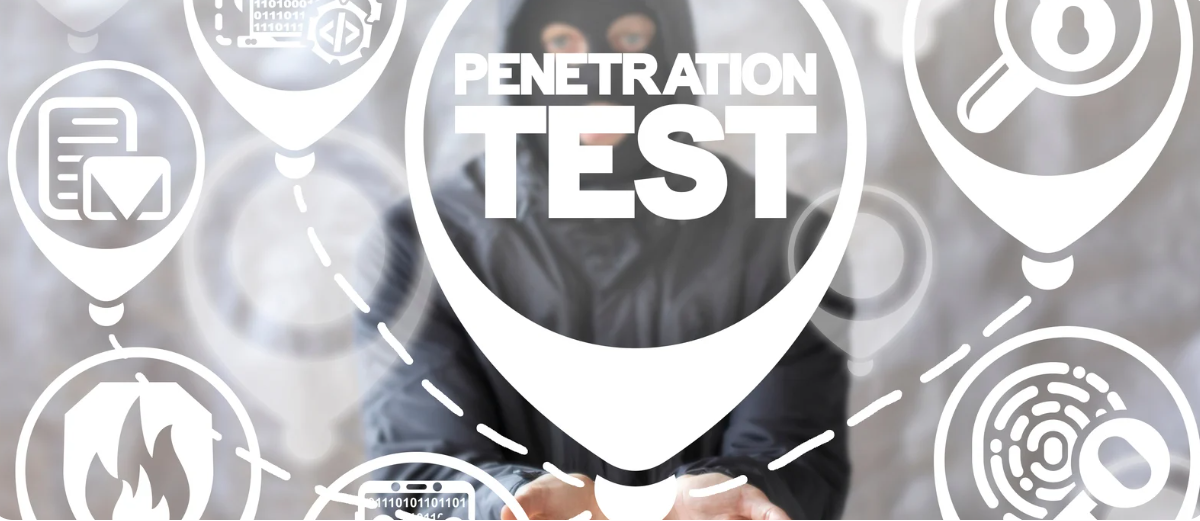Employees Are Your Biggest Cybersecurity Threat
Attacks on your network are often meticulously planned operations launched by sophisticated threats. Sometimes your technical fortifications provide a formidable challenge, and the attack requires assistance from the inside to succeed.
Proper cybersecurity hygiene naturally and appropriately falls on IT discussions and technical matters. Patch software frequently. Maintain firewalls. Adopt zero trust systems. Nuts-and-bolts, mechanical issues that limit data network vulnerability and the amount of damage bad actors can do.
But your biggest weak spot is organic, not digital. It’s built from flesh and blood, not silicon and ones and zeroes. Your employees present the largest holes in your cybersecurity system and arguably the most difficult ones to plug.
Accidental insiders unintentionally compromise security due to:
Lack of Awareness: Employees unfamiliar with cybersecurity best practices may fall victim to phishing campaigns, open malware-infected attachments, or click links to malicious sites. Awareness is tied to company culture and reflects the effectiveness of nontechnical controls, especially leadership.
Pressure to Perform: Your employees learn how and when to "bend" the rules or circumvent technical controls to get the job done or to meet a demanding deadline.
Poor Credential Handling: Weak passwords, password sharing, and password reuse across personal and business accounts make it easier for attackers to gain unauthorized access.
Sneakernets: Unauthorized and uncontrolled movement of data across security domains and to personal removable media or public cloud services.
“Almost all companies (and organizations such as education, non-profits, local governments) conduct cybersecurity awareness and education programs which sometimes include attack simulations that test the employees’ ability to identify an attack and correctly respond to it.
“When training and educating people, making sure they know to look for emotional triggers such as urgency or fear, or even empathy, and teaching them how to say ‘no,’ or ‘not until I verify some things’ in a polite and professional way can help empower people to push back against these sometimes aggressive tactics used in social engineering attacks. If employees know that their leadership will back them up if they need to confirm something before taking action, it can hugely help people not be afraid of being assertive back to potential attackers,”
“Organizations must foster a relationship between managers, security teams and employees, where employees feel comfortable reporting mistakes they may have made. Even in the case of honest mistakes, the quicker the problem is reported, the quicker the mistake can be mitigated or corrected.”
The consequences of an accidental insider-facilitated attacks can be significant:
Financial Losses: Data losses resulting from insider negligence and ambivalence leads to hefty fines, legal repercussions, and the cost of remediation.
Reputational Damage: Public disclosure of an insider event can severely damage the organization's reputation, leading to lost business and erosion of customer trust.
Operational Disruption: Attacks can disrupt business operations, leading to downtime, lost productivity, and hindered revenue generation.
Intellectual Property Theft: Foreign states and competitors may use stolen intellectual property to gain an unfair market advantage.
The good news is that the risk posed by accidental insiders can be significantly reduced through proactive measures:
Security Awareness Training: Regularly educate employees on cybersecurity best practices, including phishing awareness, password hygiene, and secure data handling techniques.
Culture of Security: Foster a culture of security within the organization where employees feel comfortable reporting suspicious activity and where managers are educated and empowered to leverage internal resources to address security concerns.
User Activity Monitoring (UAM): Monitor for compliance with acceptable use policies and increase the observation of privileged users with elevated access and the ability to manipulate security controls. Add behavioral analytics to examine UAM and other enterprise data to help analysts identify the riskiest users and organizational issues, such as hostile work environments revealed through sentiment analysis. Hostile work environments reduce employee engagement and increase disgruntlement, a dangerous recipe for insider risk.
Proactively defend against known and unknown threats contained in files and documents by extracting legitimate business content and discarding untrusted content, including malware and untrusted executable content.
Eliminate sneaker nets and unauthorized cloud service usage and replace these practices with automated policy-driven deep inspection of content in an unencumbered user experience. Enable your employees to safely, securely, and quickly move data across security domains that enable business processes while protecting data and information systems.
Accidental insiders pose a significant threat that can leave organizations vulnerable to external attacks. However, by implementing proper training, technical and organizational controls, and fostering a security-conscious culture, organizations can significantly reduce the risk.































